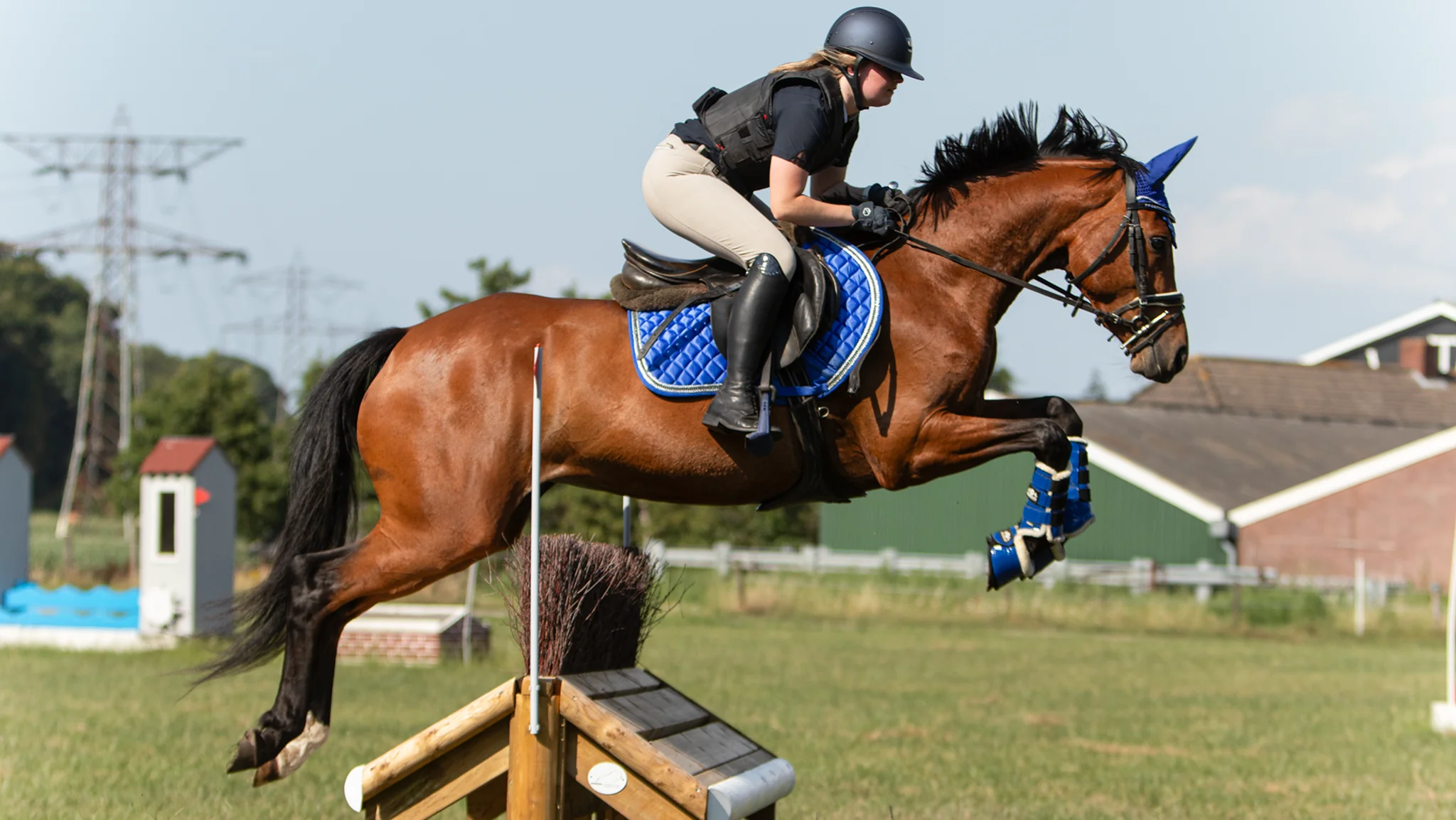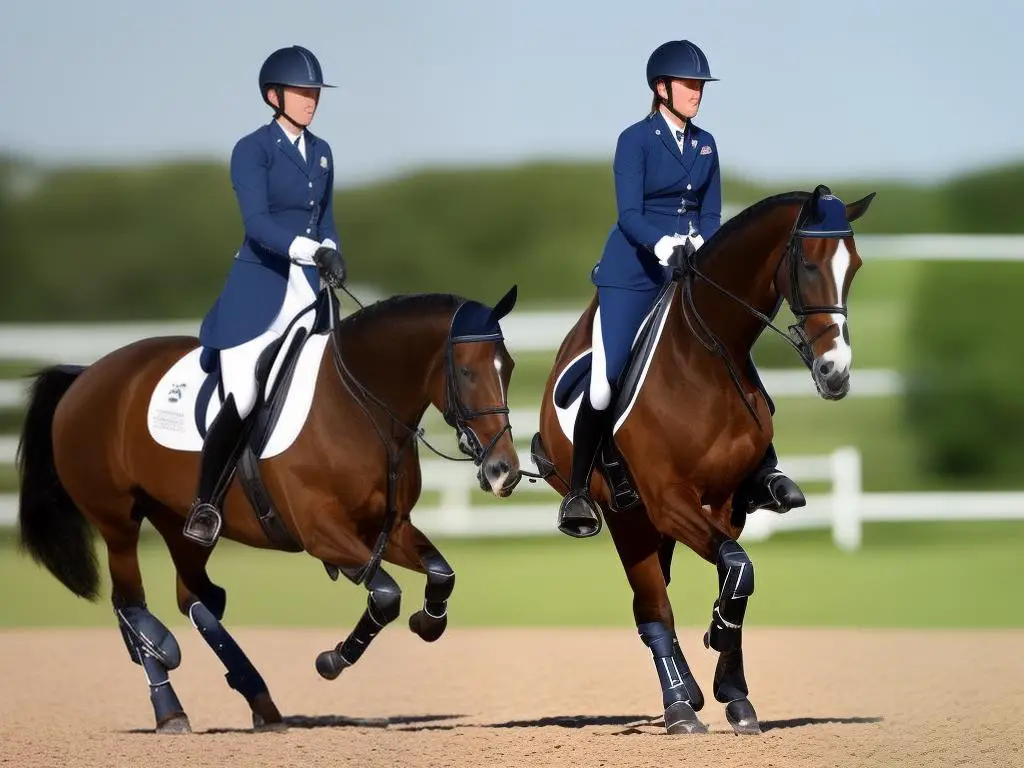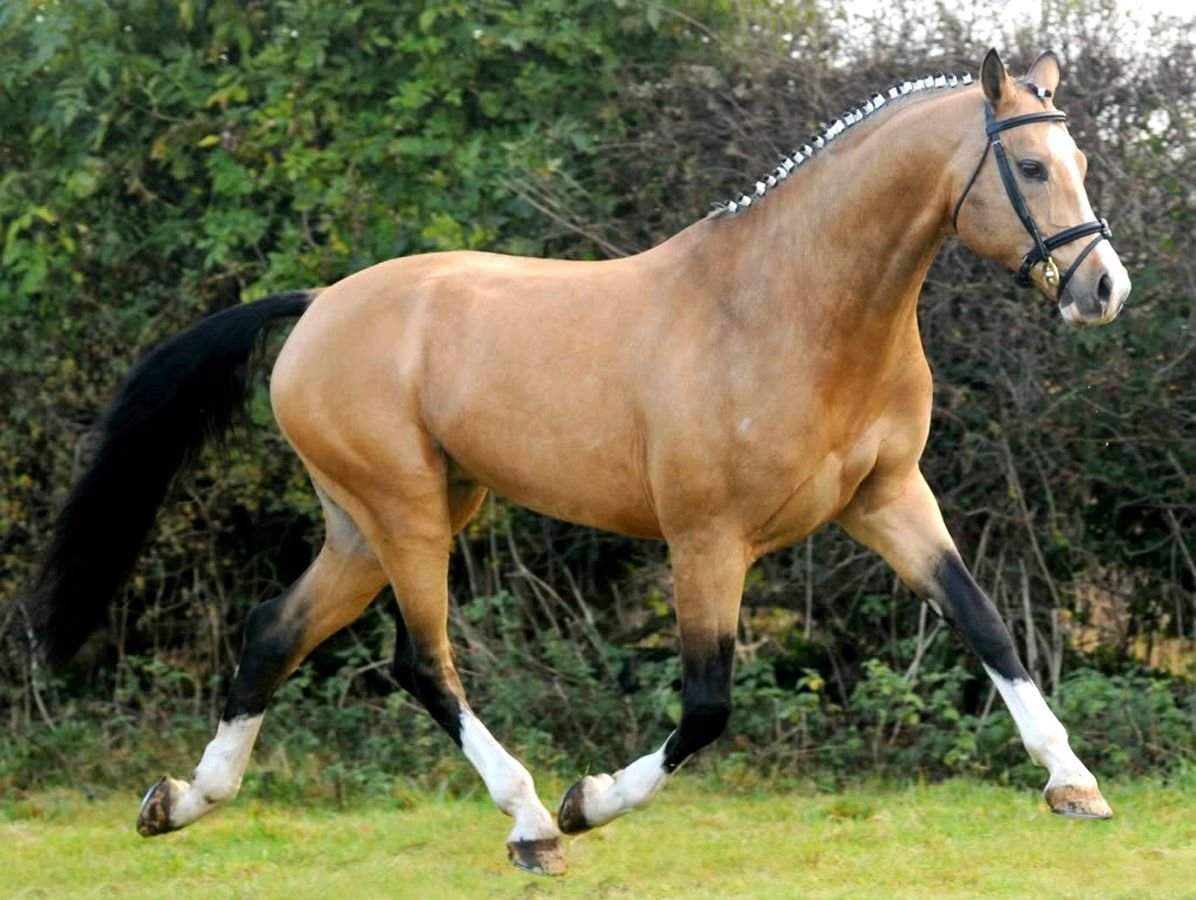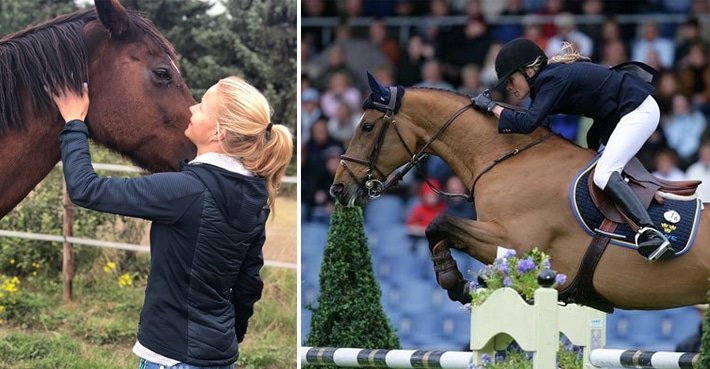Warmbloods are celebrated for their dominance in equestrian sports, particularly in eventing disciplines like cross-country and show jumping. Their exceptional athleticism, versatility, and temperament make them ideal for the demands of this challenging sport. Here’s a closer look at why warmbloods excel in these arenas and what makes them the preferred choice for eventing enthusiasts.
Understanding Eventing
Eventing is a multi-discipline equestrian sport combining three phases: dressage, cross-country, and show jumping. While dressage tests precision and obedience, cross-country and show jumping require courage, stamina, and agility. Warmbloods, with their balanced traits, shine in the latter two phases, where physical prowess and mental acuity are paramount.
Why Warmbloods Excel in Cross-Country
Cross-country is one of the most demanding phases in eventing, requiring horses to navigate challenging terrain, fixed obstacles, and water complexes at speed. Warmbloods are particularly well-suited for this phase due to the following traits:
1. Powerful Build
Warmbloods have a muscular yet athletic conformation, providing the strength needed to clear solid obstacles and the endurance to maintain speed over long distances.
2. Calm yet Courageous Temperament
Cross-country demands a horse that is bold enough to tackle intimidating fences but calm enough to listen to rider cues. Warmbloods balance bravery with trainability, making them reliable partners on the course.
3. Natural Scope
The breed’s ability to jump with height and breadth is a significant advantage in cross-country, where fences often combine these elements. Warmbloods can efficiently clear wide ditches, water jumps, and hedges.
4. Endurance and Adaptability
Though traditionally bred for shorter bursts of energy, modern warmbloods have been conditioned to develop endurance, enabling them to excel in the lengthy and varied cross-country courses of eventing.
Training Tips for Cross-Country Success:
- Incorporate hill work to build stamina and strengthen hindquarters.
- Introduce different types of obstacles, such as banks and water complexes, early in training to build confidence.
- Work on responsiveness to ensure your horse reacts quickly to your cues during tight turns or unexpected scenarios.
Why Warmbloods Excel in Show Jumping
The show jumping phase of eventing requires precision, agility, and a careful yet powerful jumping style. Warmbloods are renowned for their dominance in show jumping due to these key traits:
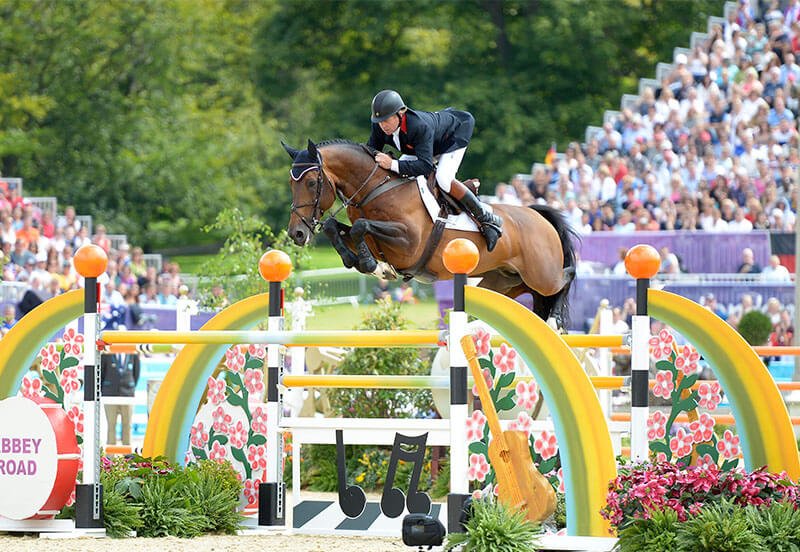
1. Elasticity and Suppleness
Warmbloods possess natural elasticity, allowing them to adjust stride length and approach fences with precision. This flexibility is crucial for navigating tight turns and combinations.
2. Balanced Conformation
Their proportionate build ensures that warmbloods can carry themselves efficiently over fences, maintaining form and balance.
3. Trainable Nature
Show jumping requires a horse to listen attentively to the rider’s aids while making quick decisions. Warmbloods excel in this area, thanks to their willingness to learn and adapt.
4. Scope and Technique
Warmbloods are known for their powerful hindquarters, enabling them to jump with ease. Their refined technique ensures they clear fences without knocking rails.
Training Tips for Show Jumping Success:
- Focus on gymnastic exercises, such as grids, to develop rhythm and technique.
- Practice adjusting strides between fences to improve adjustability and responsiveness.
- Include mock competition courses in training to simulate real show jumping scenarios.
The Role of Breeding in Eventing Success
Warmblood breeds, such as the Dutch Warmblood, Hanoverian, Holsteiner, and Oldenburg, dominate eventing due to their carefully curated breeding programs. Breeders prioritize traits like strength, agility, and temperament, ensuring these horses are well-suited for competitive disciplines.
Key Breeding Traits for Eventing:
- Jumping ability: Breeds like the Holsteiner are known for their exceptional scope and technique.
- Endurance: Modern breeding emphasizes stamina, allowing warmbloods to perform consistently in cross-country.
- Temperament: Breeding programs focus on producing horses that are bold but manageable, a critical balance for eventing.
Warmbloods vs. Other Eventing Breeds
While warmbloods excel in eventing, other breeds like Thoroughbreds and Irish Sport Horses also perform well in this sport. However, warmbloods have certain advantages:
- More versatility: Warmbloods transition smoothly between dressage, cross-country, and show jumping phases.
- Trainability: Their cooperative nature makes them easier to train for complex movements and obstacles.
- Adaptable conformation: Warmbloods combine the speed of lighter breeds with the power of heavier ones.
Caring for Your Warmblood in Eventing
The physical and mental demands of eventing require diligent care to ensure your warmblood remains in peak condition.
Health Tips:
- Conditioning: Regular cardio and strength-building exercises improve fitness and stamina.
- Joint care: Use supplements or therapies to support joint health, as eventing can be hard on a horse’s legs.
- Recovery: After intense competition or training, prioritize rest and proper nutrition to aid recovery.
Grooming and Tack:
- Check for signs of wear or discomfort in tack, as ill-fitting equipment can impact performance.
- Maintain a regular grooming routine to inspect for injuries or soreness.
Conclusion
Warmbloods are a cornerstone of modern eventing, excelling in cross-country and show jumping thanks to their athleticism, temperament, and adaptability. With proper training, conditioning, and care, these remarkable horses can dominate every phase of eventing, showcasing their versatility and grace.
Whether you’re an amateur rider or a seasoned competitor, investing in a warmblood for eventing is a choice that promises exceptional results and a rewarding partnership.







